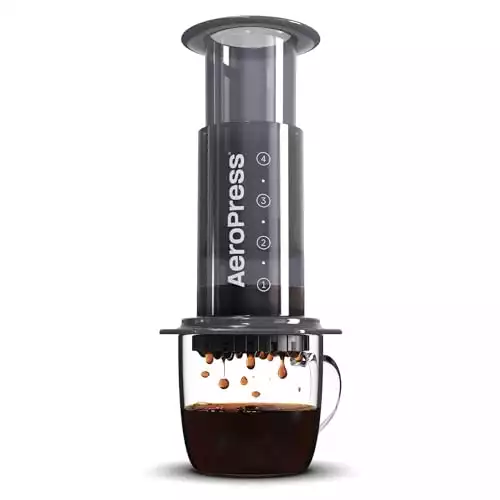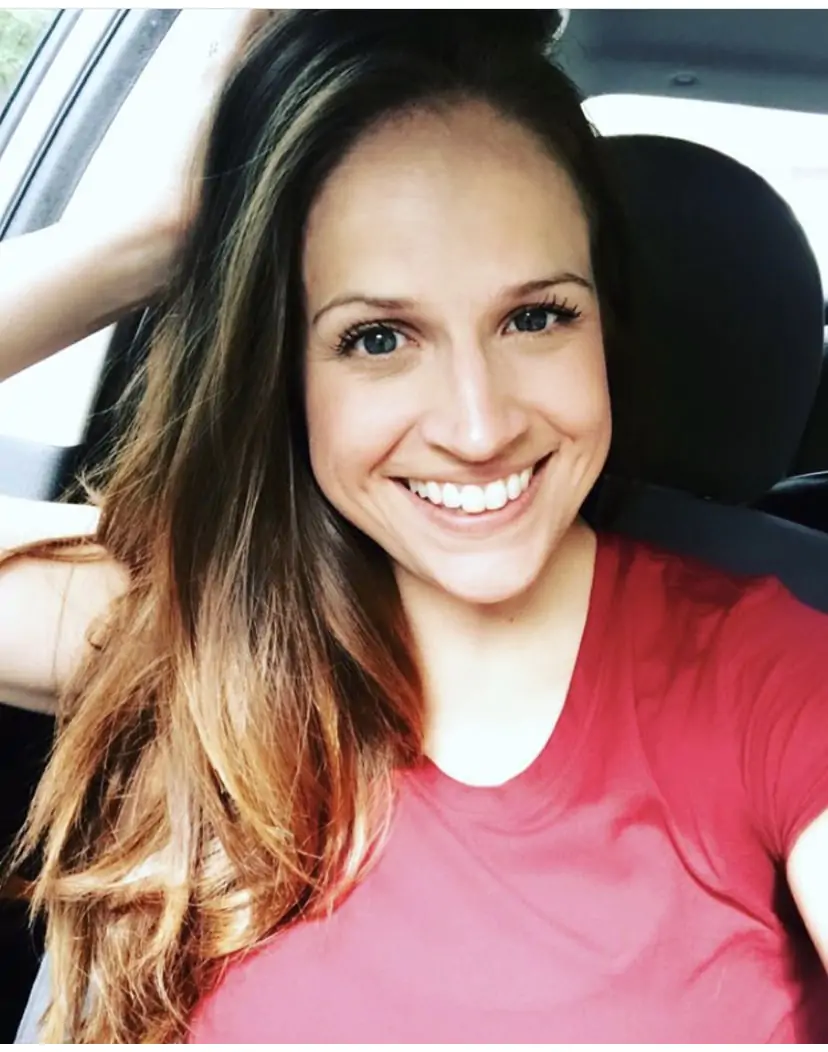Brewing the perfect cup of coffee can be tough. Here, we’ll take a look at the right ground coffee to water ratio for your preferred brewing method.

When you make coffee at home, you get to customize your drink (and save some cash in the process). In a standard drip coffee machine, you’ll want to stick to two tablespoons of ground coffee for every six ounces of water (multiply the ratio for more cups of coffee). Of course, you can customize this ratio to your liking, creating the perfect coffee taste.
In order to make your perfect morning cup of coffee, it’s important that you get the ground coffee to water ratio just right. This can take some practice, especially if you’re using a new coffee brewing method, or if you’re making cold brew at home for the first time.
Here, we’ll go into more detail about perfecting your drip coffee machine brew ratio, as well as the ratio of ground coffee to water that you’ll want for other brewing methods. We’ll take a look at deciding how much water and coffee to use when you’re making cold brew as well.
Four Coffee To Water Ratios By Brewing Method
1. Drip Coffee Machine

Most people are familiar with a drip coffee machine. You add your best coffee grounds to a filter, add water to the machine, touch the brew button, and wait for your coffee maker to do its thing. You’re left with a perfectly delicious pot of coffee.
Many people enjoy the ratio of two tablespoons of ground coffee for every six ounces of water. For example, if you’re brewing a 36-ounce pot of coffee, you’ll want to add at least 12 tablespoons (3/4 cup) of ground coffee.
You’ll want to play around with this ratio to ensure that you get the taste you love. More coffee will create a stronger, more robust flavor while less coffee will have the opposite effect.
2. Pour Over

Pour-over coffee makers are no-fuss, easy-to-use devices that many coffee lovers keep in their kitchens. With a pour-over coffee maker, you’ll want to use a little bit more coffee to get the taste you want, as the hot water spends less time in contact with the beans than in a drip coffee maker.
The golden ratio for pour-over coffee: three tablespoons of ground coffee for every six ounces of water. As you make your pour-over coffee, be sure to pour the water carefully, hitting every area of the coffee grounds so none of the flavor (or the caffeine) goes to waste.
3. French Press
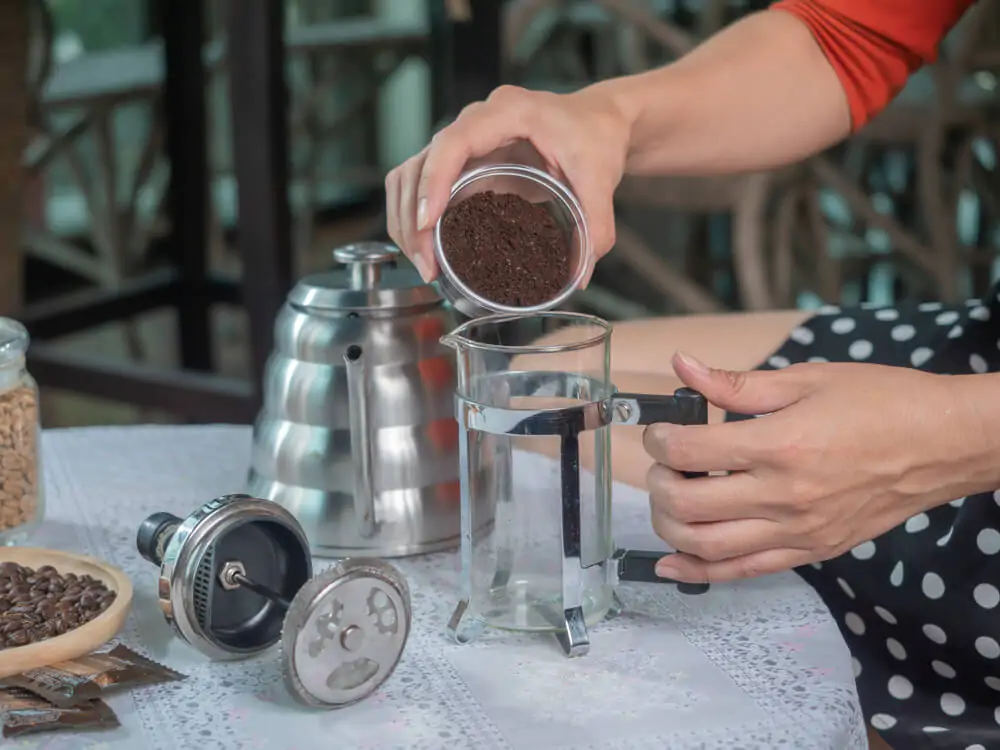
Ready to enjoy a freshly-pressed cup of joe? French press lovers tend to prefer about two tablespoons of ground coffee for every eight ounces of water. Using more coffee (or less water) will make your coffee stronger, but too much ground coffee runs the risk of a bitter taste.
In addition to considering your ratio, you’ll also want to think about brew time in your French press. The longer you brew, the stronger the taste.
If you’re struggling with a bitter flavor, the amount of coffee you’re using might not be to blame — you may just need to shorten your brew time. Three to five minutes is plenty of time for your French press to brew.
4. AeroPress
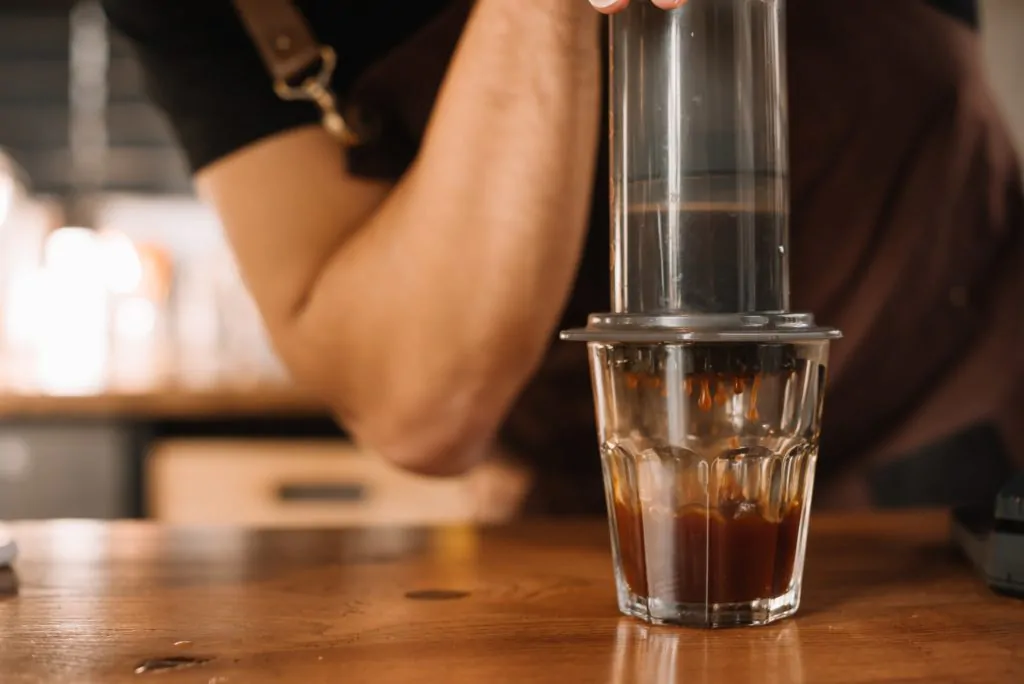
Just like a drip coffee machine, most AeroPress enthusiasts use the ratio of two tablespoons of coffee for every six ounces of water. When getting the perfect cup of coffee from an AeroPress, you’ll want to consider the grind size of your coffee in addition to the ratio.
If you’re using a coarse grind, extend your brew time to three minutes. Prefer finely ground coffee? Go with about 60 seconds of brew time.
What About Cold Brew?
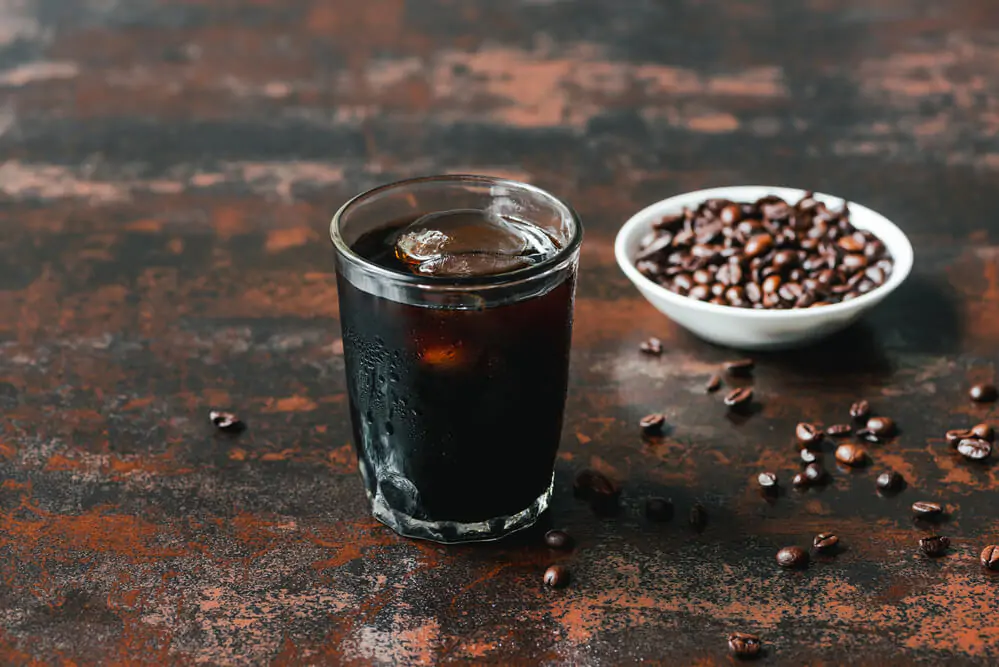
Cold brew is a different animal — you’ll want to use different ratios than you’d use for hot brew coffee to create the perfect frosty cup.
There are a few different options for the ground coffee to water ratio for cold brew coffee:
- If you’re creating ready-to-drink coffee, go with a ratio of about one part coffee to eight parts water.
- If you’d rather make a concentrate that you’ll dilute with cold water later you can go with one part coffee to four parts water.
- Prefer a super-strong concentrate? Try one part coffee to two parts water.
Be sure to properly dilute iced coffee concentrate — drinking it on its own can be dangerous due to high levels of caffeine.
The Final Word On Ground Coffee To Water Ratio
Your brewing ratio will depend heavily on the type of brewing method you prefer. Coffee drinkers who love old-school drip machines (and AeroPress) usually like a ratio of two tablespoons of ground coffee for every six ounces of water.
Pour-over coffee drinkers like about three tablespoons of ground coffee for every six ounces of water, while the ideal French press ratio is about two tablespoons of ground coffee for every six ounces of hot water.
FAQs On Ground Coffee To Water Ratio
What’s the right ground coffee to water ratio for a standard drip coffee machine?
You’ll want to stick with a ratio of two tablespoons of ground coffee for every six ounces of water in a standard drip coffee maker.
What’s the right ratio of ground coffee to water for cold brew coffee?
For cold brew coffee, try a ratio of one part ground coffee to eight parts water. For concentrate, try one part ground coffee to four parts water (or two parts, if you want to make it extra strong). Be sure to dilute cold brew coffee concentrate before drinking.
